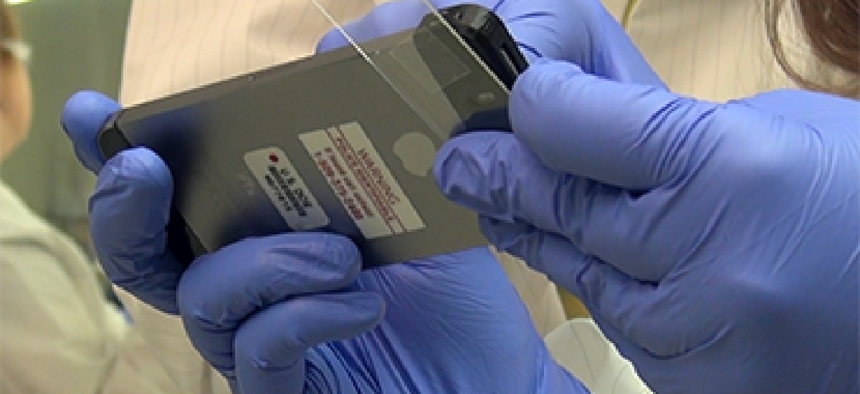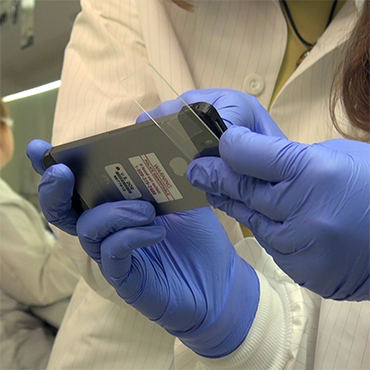Turn your smart phone into a microscope

The Pacific Northwest National Laboratory is pushing out its mobile phone microscope tech to the public.

The Pacific Northwest National Laboratory is pushing its mobile phone microscope tech -- based on 3-D printing and inexpensive glass beads -- out to the public.
A national research laboratory has combined the capabilities of a 3-D printer, mobile phones and simple glass beads to produce an inexpensive handheld microscope that can be used in a wide range of research and practical applications.
Developers of the technology at the Department of Energy's Pacific Northwest National Laboratory (PNNL) have made the 3-D printing specifications for producing the devices available to the public for free. The lab initially developed the microscope using internal discretionary funds aimed at enhancing its core scientific and technical capabilities.
Once out of a 3-D printer, the plastic microscope sleeve housing slips over the camera lens of a cell phone, explained PNNL. The sleeve is about the thickness of a typical phone case. The labs' plans cover most cell phone brands, including iPhone 4 and 5, Galaxy S3 and S4 phones and iPads. The material cost, not including the printer, is less than $1.
The plastic housing clasps a tiny glass bead – like those used in reflective pavement markings -- in front of the phone's camera, converting the camera lens into a magnification lens. The lab produced 3-D printer plans for 100x, 350x and 1000x magnifications. The lower magnification levels are intended as inexpensive, practical tools for the general public. The 1000x version, said the lab, can be used by researchers or medical personnel in the field to view prepared samples of materials, including possibly toxic biological materials such as Anthrax spores, or by first responders to look at blood samples. And because the units cost so little, they can be thrown away after initial use if they're contaminated and cheaply replaced.
"We believe it can fill a need for professional first responders, and also for teachers and students in the classroom, health workers and anyone who just wants an inexpensive microscope readily available," said Rebecca Erikson an applied physicist at PNNL in the statement.
NEXT STORY: ITAPS, AT&T and cross-country drones





